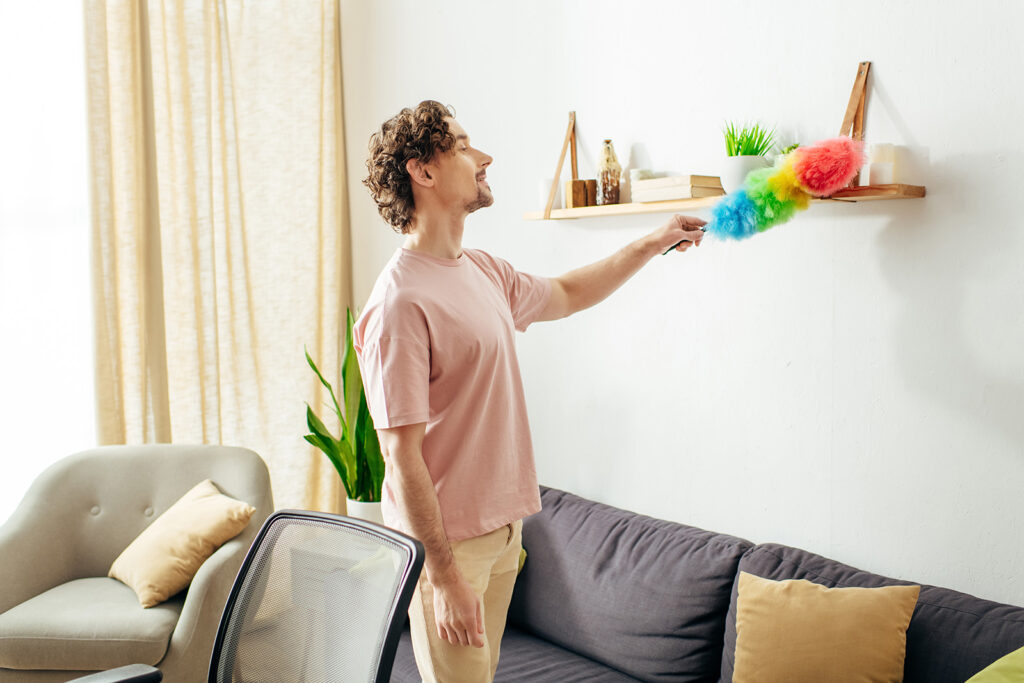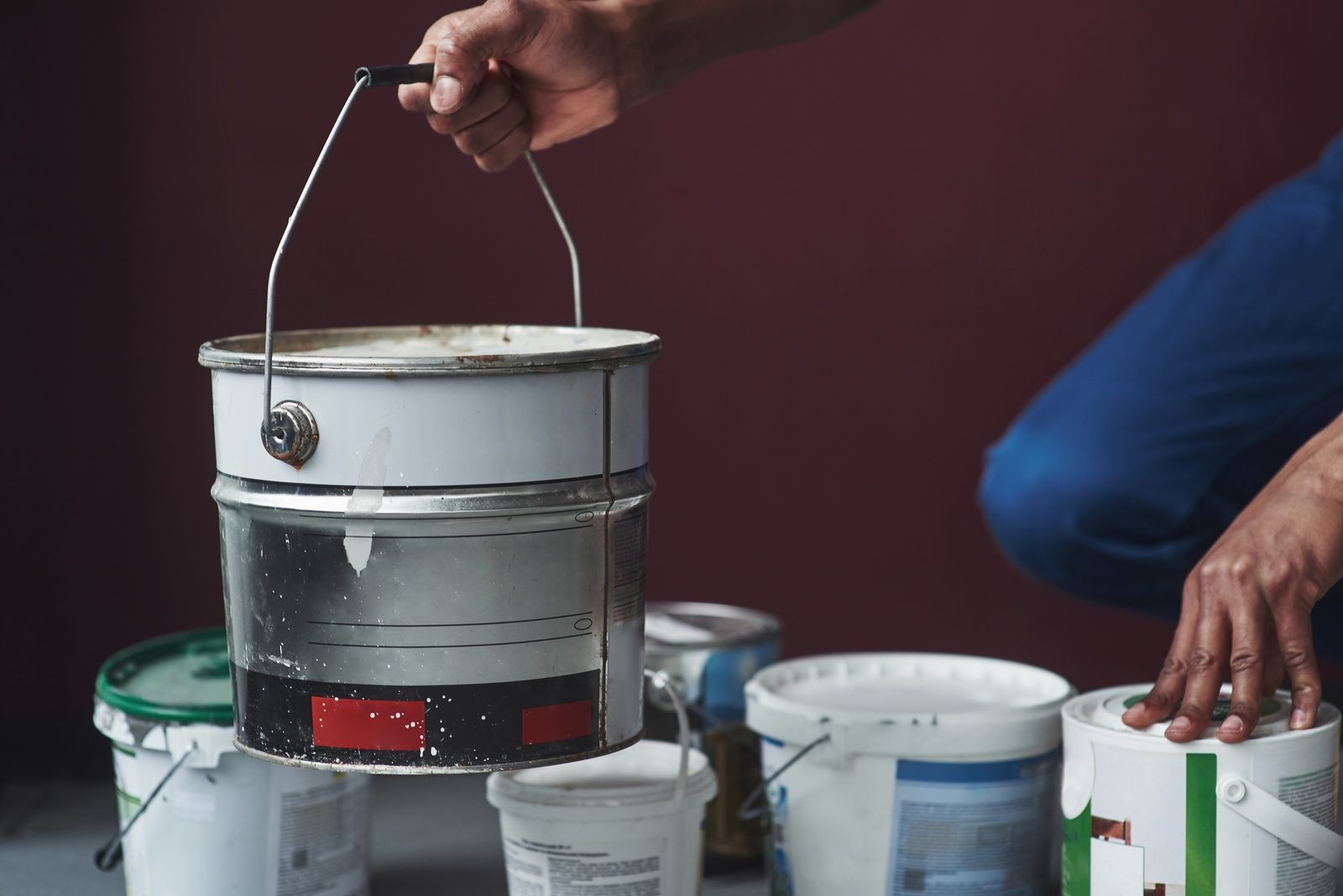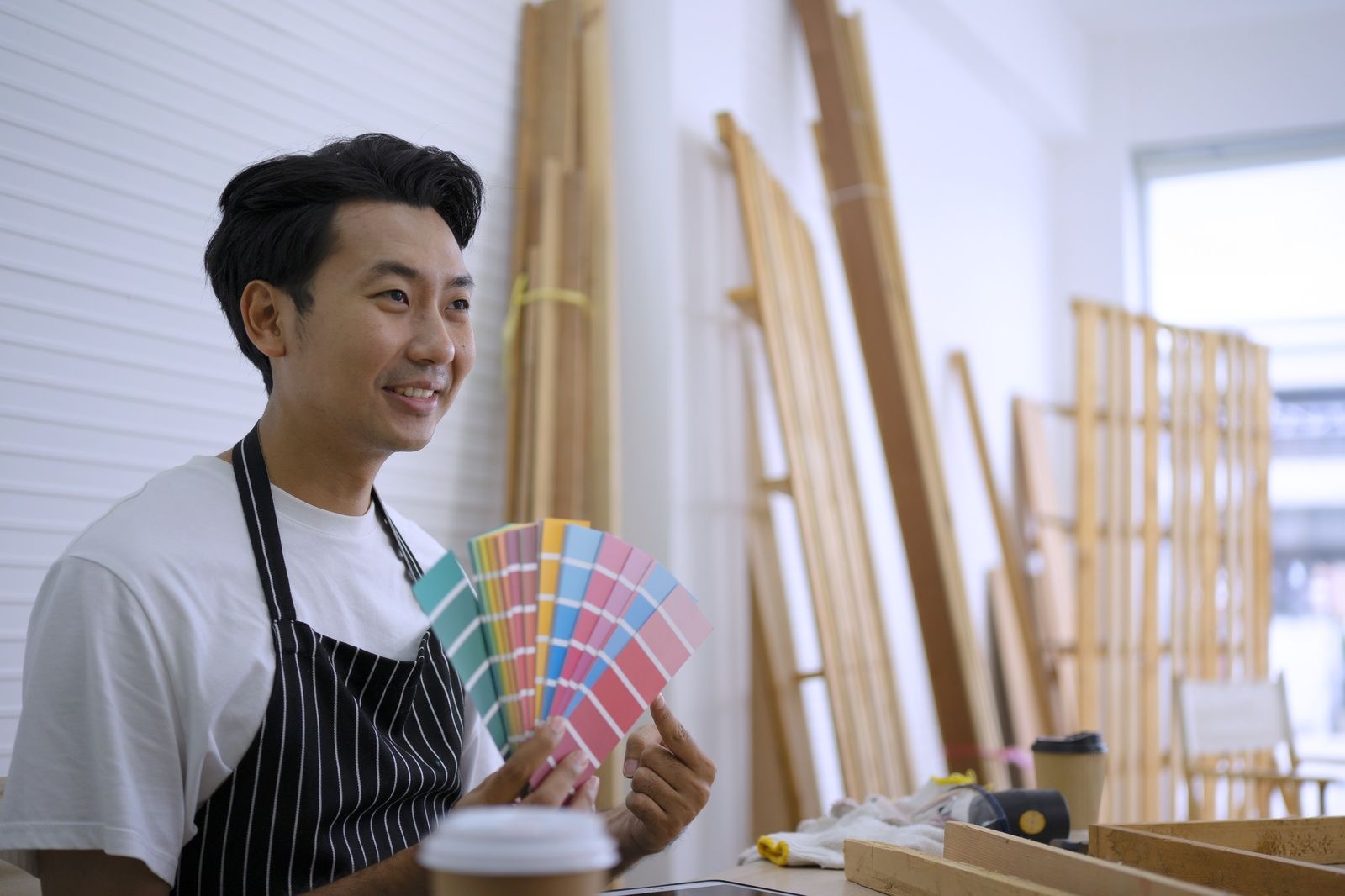
Can You Paint Flat Over Eggshell (Solved)
Wondering if you can paint flat over eggshell?
You’re not alone! Many people want to switch up their wall finishes but aren’t sure if they need to prep the surface or worry about adhesion issues.
The good news is, it’s definitely possible to paint flat over eggshell, but it’s not always as simple as just rolling on a new coat.
In this guide, I’ll show you how to get it done right—no guesswork involved!
Can You Paint Over Eggshell With Flat?
Yes, you can paint flat over eggshell, and it’s a pretty straightforward process. Flat paint, with its matte finish, can go over the slightly shinier eggshell finish without any major issues.
Just keep in mind that while you can make the switch, flat paint isn’t as tough as eggshell.
It might be a bit trickier to clean, so think about where you’re using it before you commit.
How To Paint Flat Over Eggshell
Ready to give it a go? Here’s how to paint flat over eggshell the right way:
#1 Clean The Surface

First things first – you have to clean those walls.
Grab a soft broom or duster and get rid of any dust or cobwebs. Then, mix up some warm water with a bit of mild soap. Use a sponge or soft cloth to wash the walls. Make sure you get all the greasy spots and fingerprints.
Also Read: Remove Grease Stains From Kitchen Walls
Once you’re done scrubbing, rinse everything off with clean water to get rid of any leftover soap.
After that, let the wall dry completely.
#2 Sand The Eggshell Finish
Next, we are going to sand eggshell finish a bit. Sanding creates a slightly rough surface that helps the new flat paint adhere better.
Use medium-grit sandpaper (around 150-180 grit) and sand the entire surface lightly.
Work in small sections, moving the sandpaper in little circles.
Be extra careful around the edges and corners – we don’t want to damage the wall.
After you’re done sanding, wipe everything down with a tack cloth to get rid of all the dusty bits.
#3 Priming (Optional)
Now, you don’t always have to prime when you’re going from eggshell to flat, but sometimes it’s a good idea.
If you’re making a big color change (like going from dark to light), if the old paint isn’t looking so hot, or if you just want to make extra sure the new paint sticks, think about using a primer.
Use a roller for the big areas and a brush for the edges and corners.
Let it dry completely before you start with your flat paint.
#4 Apply The Flat Paint
Okay, now for the main event – putting on that flat paint!
Start by giving your paint a good stir to make sure the color is even all the way through. Begin at the top of the wall and work your way down.
Also Read: Identifying Paint Finish on Existing Walls
Try to put the paint on in thin, even layers rather than thick globs. This helps avoid drips and gives you better coverage.
After you’ve done the first coat, let it dry completely (usually takes 2-4 hours, but check what it says on the paint can). Once it’s dry, take a look and see how it’s looking.
You’ll probably need a second coat to make it look really good and even.
Keep in mind that flat paint can sometimes show off any bumps or imperfections more than eggshell, so take your time to make it nice and smooth.
Tips For Painting Flat Over Eggshell

Here are a few extra tips to help you nail this paint job:
- Always do a little test patch in a spot that’s not too noticeable before you paint the whole wall. This lets you check if everything’s going to work out okay and if you like how it looks.
- If you’re changing from a darker color to a lighter one, you might need to do more than two coats to get it looking right.
- Use painter’s tape to protect any areas you don’t want to get paint on, and put down some drop cloths to keep your floors safe from splatters.
- Think about how the room is used when you’re picking your paint finish. Flat paint can look really cool and modern, but it might not be the best choice for areas that see a lot of action or need to be cleaned often.
Also Read: How Should I Clean My Painted Walls?
Wrapping Up
Painting flat over eggshell is totally doable and can be a great way to give your space a new look.
If you follow these steps – prepping properly, using good materials, and applying the paint carefully – you can end up with a really professional-looking finish.
And don’t rush through the cleaning and sanding – those steps are super important.
FAQs
Can You Paint Flat Over Eggshell Without Sanding
Yes, you can usually paint flat over eggshell without sanding. The difference in sheen isn’t a big deal for adhesion. But if the eggshell paint is old or flaking, lightly sanding will give you a smoother, more durable finish.
Can You Paint Eggshell Over Eggshell
Yes, you can paint eggshell over eggshell. Both finishes have a similar sheen and they work well together.
Can You Paint Flat Over Eggshell On Wood
Yes, you can paint flat over eggshell on wood, but you have to sand down any rough spots or imperfections, and use a wood primer.
Can You Paint Flat Over Eggshell Exterior?
Yes, you can paint flat over eggshell on exterior surfaces. Just keep in mind that exterior paint has to deal with weather, so make sure you’re using the right kind of paint.
You also have to clean the surface thoroughly to remove dirt and debris, and lightly sand any shiny or uneven areas.
Comments are closed.


